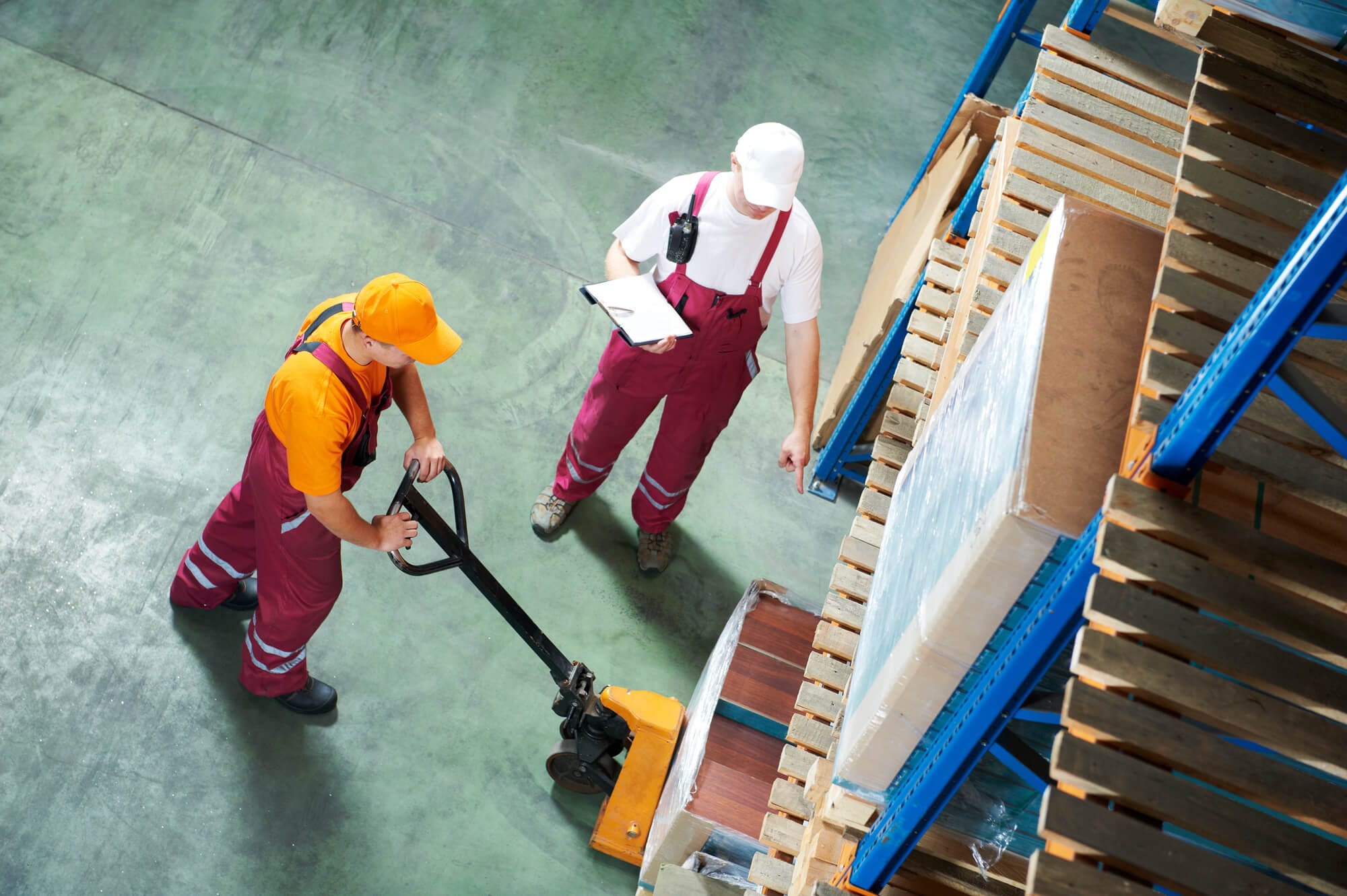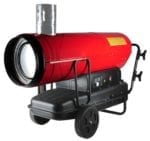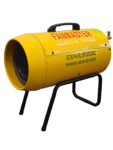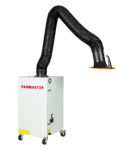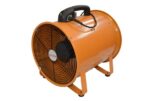
December 8, 2020
Types of Cooling Systems for Industrial Environments
Keeping your warehouse or workshop cool and comfortable in the summer with the right type of cooling system is an important workplace issue to address. It helps keep your employees healthy and safe. It’s also important for productivity.
Studies at Sydney University show that there is an acceptable range of temperatures for working in, and that human performance “rapidly deteriorates” outside of this.
According to SafeWork, the following conditions are optimal:
- Indoor temperature – should be between 20 and 26 degrees. However, it may need to be slightly lower than this for high levels of physical work.
- Air velocity – needs to be between 0.1-0.2m per second, especially as stagnant air can lead to fatigue.
- Humidity – ideally this should be between 40% and 70%. Humidity that is too high can increase the risk of heat-related illness, while too low can lead to respiratory conditions.
Managing the risk of high temperatures
To mitigate the risk, you should ensure your building has good ventilation, and that it can be kept at optimal conditions for temperature, airflow and humidity.
Different types of cooling systems for achieving this include:
- Air conditioners – these systems cool the air and help control humidity using refrigerant gases, compressors and fans. Portable units are ideal for workshops where specific zones in the building need to be cooled. There are portable units available for a range of requirements.
- Evaporative coolers – these types of coolers use water and evaporation to cool the air and fans to distribute it. They offer a cost-effective way to cool a building and also produce very low levels of emissions. Since they are water-based, they are more suited to drier climates than humid ones.
- Misting fans – as well as providing air movement, misting fans offer an inexpensive way cool the air, through a fine mist of water which rapidly evaporates. These fans can also be used outdoors.

Factors to consider when choosing the best types of cooling systems
To create the best thermal comfort, you should consider the following about your workplace.
- The heat given off by machinery and equipment.
- The level of physical work that takes place.
- Clothing – e.g. if you provide a uniform and / or PPE, make sure it doesn’t lead to workers being either too hot or too cold.
- Number of workers and the size of the space to be cooled.
- Your climate zone.
For professional assistance in choosing the best type of cooling system for your warehouse, factory, garage or workshop, get in touch with our team.
